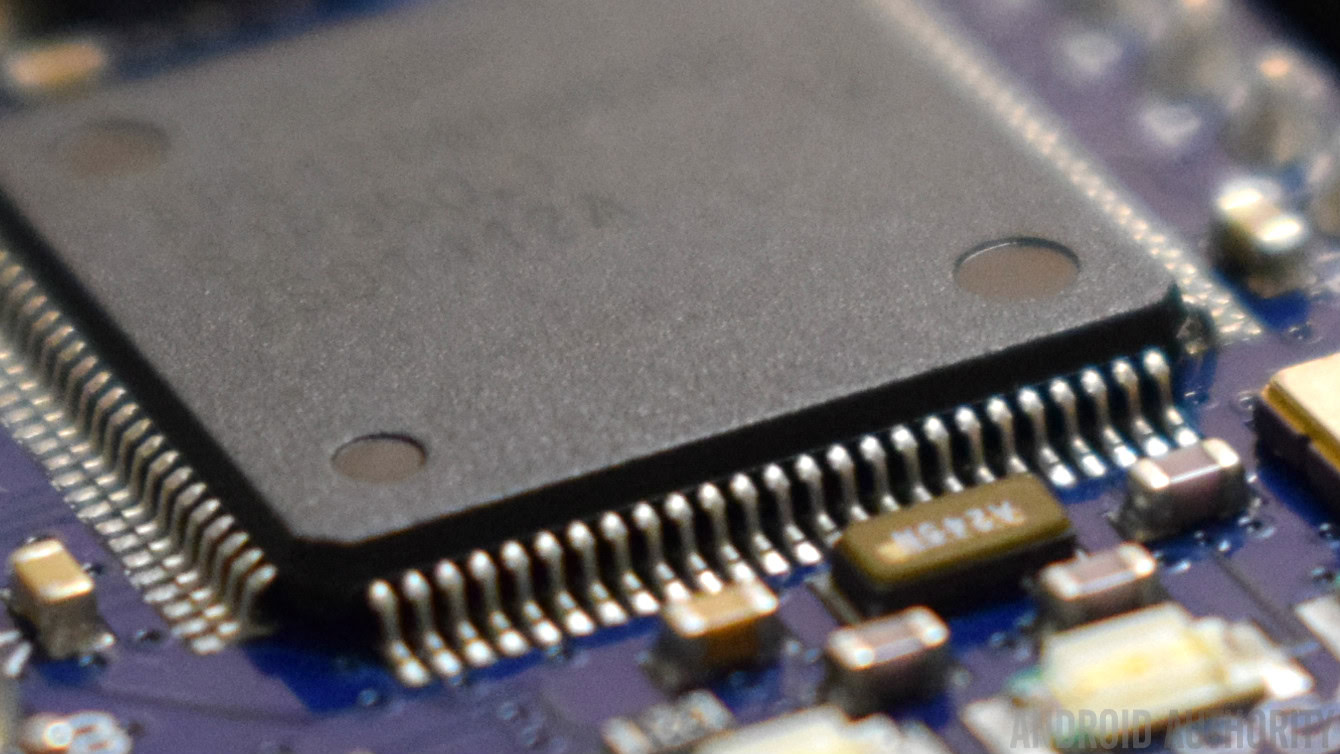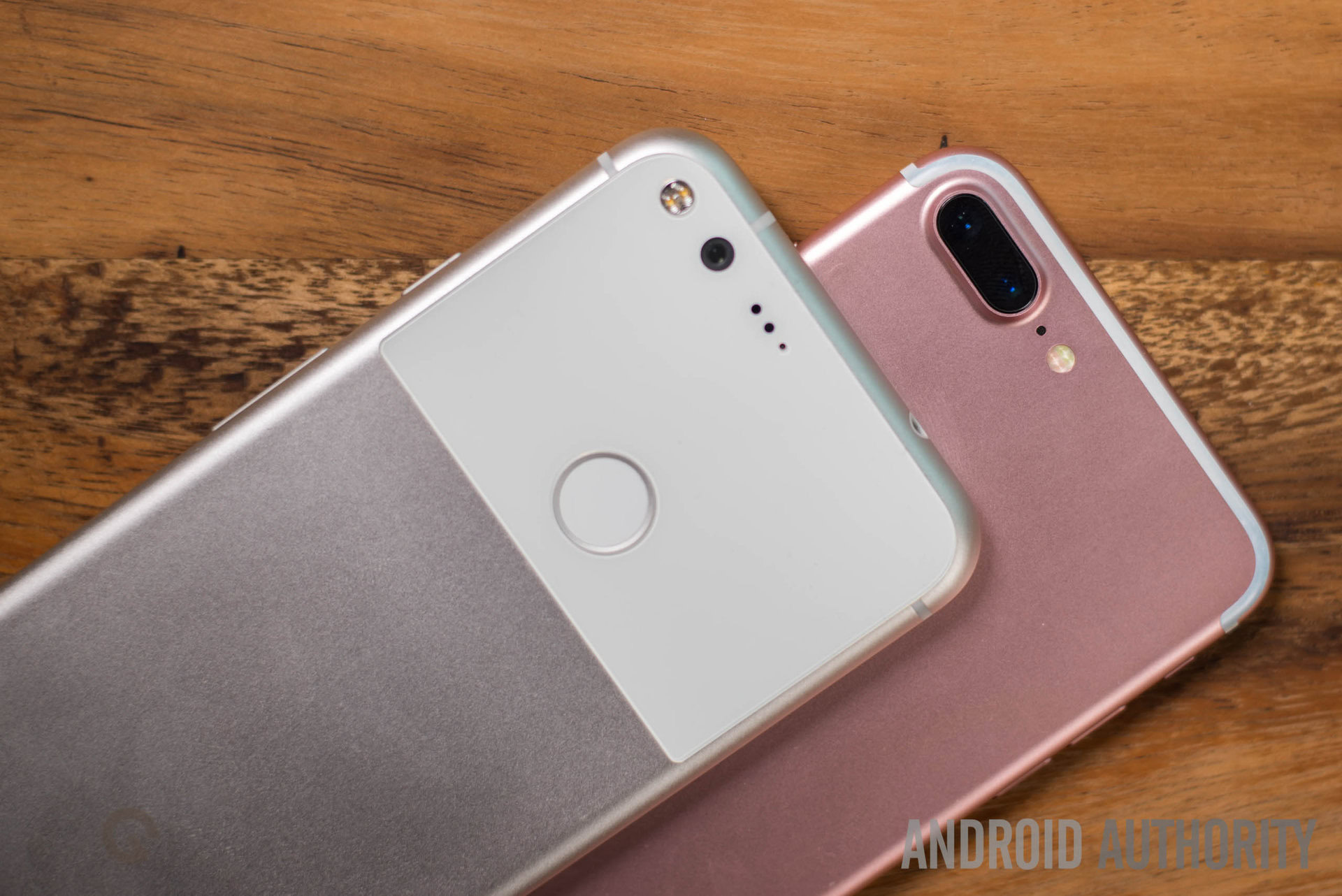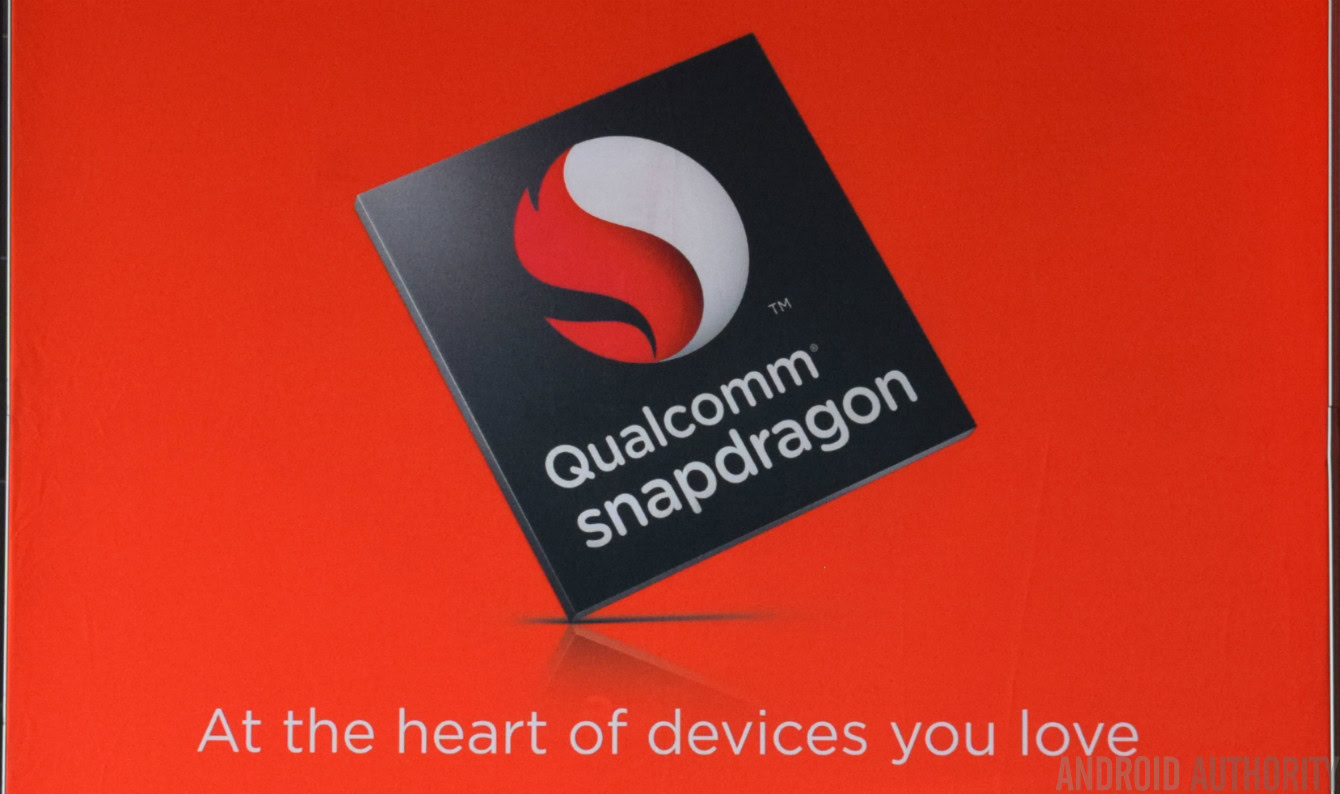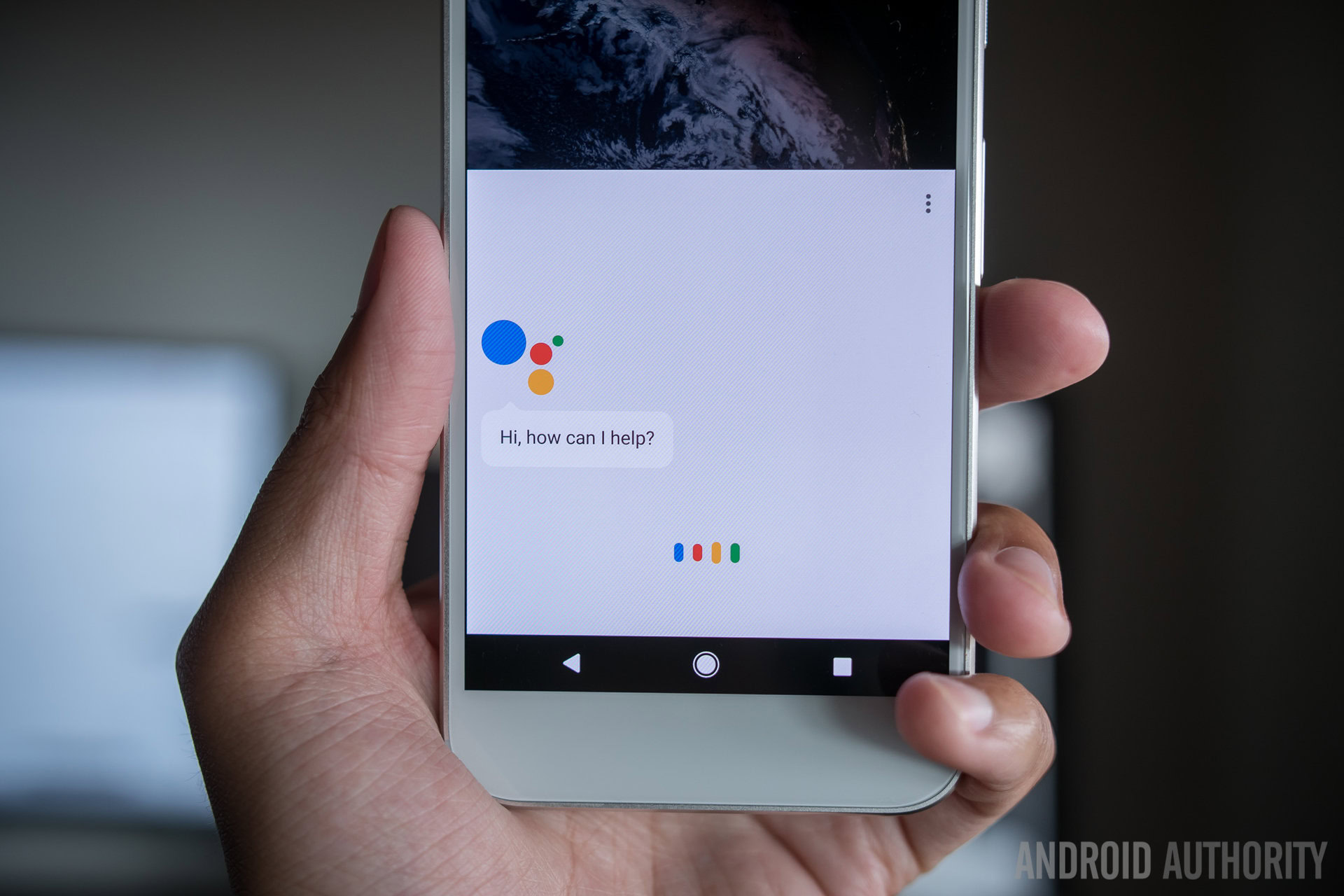Affiliate links on Android Authority may earn us a commission. Learn more.
Google is dabbling in chip design: what does that mean?
Published onJune 15, 2017

It’s looking like Google is gearing up to turn its hand to processor development, as the company recently hired Manu Gulati, one of the brains who helped design many of Apple’s custom A series of processors, under the job title “Lead SoC Architect”. All signs appear to be pointing towards a custom SoC designed for Google’s future Pixel range of smartphones, although it’s still up in the air as to exactly what the company is planning.
Of course, the switch over from the Nexus to Pixel range now means that Google is directly competing with top-tier players like Apple and Samsung, both of which are producing their own processors for their flagship phones. If Google wants to be considered in the same vein, a custom designed mobile SoC would certainly help solidify the brand’s premium positioning and could propel Google into mobile hardware leadership, as well.
This report isn’t the first time that the topic of Google SoC hardware has cropped up either. There’s long been talk about the company taking a firmer stance on Android hardware requirements or leading by example to attempt to reduce fragmentation and push on the smartphone feature set. Google is already trying to tighten the requirements for Chromebook hardware with the OP1 “Made for Chromebook” SoC produced by Rockchip, and perhaps similar ideas are in store for Android. It’s becoming clear that Google has a vision for the way that future mobile devices should work, and perhaps the company wants to drive innovation forward more quickly with hardware of its own.

What sort of chip?
With its Pixel range of hardware, Google currently relies on Qualcomm for the SoC. Qualcomm is the company that provides the vast majority of mobile processors to smartphone OEMs, especially in the flagship tier. Designing a custom piece of silicon is an expensive and time consuming process, hence why most manufacturers rely on chips developed by specialist companies. However, modern licensing and development options from ARM, the company which designs the processor architecture used by all major mobile SoC vendors, have opened the door to even smaller tech companies that want to begin designing their own chips.
One recent example is Xiaomi, which introduced its own Surge S1 chip this year and launched it inside its Mi 5C handset. These types of quick-to-licensing arrangements are also what could allow LG back into the game, too. Alternatively, ARM offers its partners a ‘Built on ARM Cortex Technology‘ tier, allowing them to utilize pre-existing CPU design with some minor tweaks, and to market the parts under their own brand or name. See Qualcomm’s latest Kryo 280 CPU cores for example.

Regardless of the exact CPU makeup, Google designing its own SoC could majorly reshape the direction that Android takes and will almost certainly influence other OEMs.
Google could also go down the custom core route by taking out an architecture license, which would allow the company to make more major tweaks to the CPU to meet specific requirements. This is what Qualcomm did with Kryo and Krait, what Samsung does with its Mongoose cores, and Apple has consistently used to develop its A-series of processors.
Most likely, it would make sense that Google will go down the more cost effective route for its first generation product. This would see Google taking reference ARM parts, perhaps even a new DynamIQ setup, and adding in its own bespoke customizations and extra SoC processing units to cater for enhanced imaging capabilities, DSP, a dedicated unit for “artificial intelligence”, or whatever avenue the company wants to go down. A more advanced custom CPU design might make the most sense if Google has some more specific requirements, but ARM’s Built on Cortex license seems like the most logical starting point for Google, in my eyes.
Another more outside option is that Google may be looking for a way to marry some of its developments in its Cloud Tensor Process Units (TPU) hardware with mobile. Google’s TPUs are specifically optimized for machine learning and runs all of the company’s cloud-based intelligent products, such as language translation and image recognition. Bringing this down to a mobile power level would be tricky, but a cutdown or spin-off version might be possible to boost on-device machine learning applications alongside a traditional CPU setup.

Why might Google be building it?
While it’s certainly feasible, now more than ever, that Google would build its own chip with varying degrees of customization, the bigger question is why. Platforms from the likes of Qualcomm are already exceedingly feature rich, and pack in essential mobile technologies such Bluetooth, 4G LTE modems, and fast charging capabilities at a reasonable cost. Why would Google possibly want to start again from scratch at presumable huge expense?
One logical reason is that Google wants to do something that can’t already be done, or to dedicate more power or efficiency towards certain types of tasks. Google has recently demonstrated progress in its machine learning results, including text and voice recognition being done on device in real time. However, Apple recently pointed out that its custom SoC was six times faster at image recognition that the Pixel, so Google will likely be looking to improve hardware acceleration of these type of tasks in the future as more complex tasks require more specialized processing power.
Google is going big on smart assistants and machine learning, so we may see hardware that complements this software focus and enables new capabilities.
Furthermore, Google Assistant appears to be an increasingly important tool for us users and the binding core for Google’s growing portfolio of smart algorithms. By taking control of chip design, Google can make specific optimizations for low power always-on listening and increase performance for audio and visual processing algorithms for ideas ranging from real-time language translations to object detection via Google Lens.
There’s also potential benefits to some of Google’s other interesting processing algorithms outside of smart assistants. The company’s HDR+ imaging software that was developed from the Google Glass days and is partly behind the Pixel’s excellent photography results could receive some more specialized hardware, allowing for improved image processing times or decreased power consumption. Similar optimizations could be sought for real-time video processing and augmented reality ideas currently being trialed with Tango, such as its new VPS indoor navigation technology.

Wrap Up
While designing its own processors would of course move Google’s hardware program into the same tier as Apple and Samsung, the company is most likely interested in using any such design to achieve more specific hardware and software goals. Most likely Google would want to design its own chip in order build a design around maximizing the potential of its intelligent algorithms, machine-learning processes, and its plans for augmented reality.
Manu Gulati’s expertise could be essential to these efforts, having worked on designs for Apple and a couple of other high profile chip makers, and recent job postings suggest that Google is building up a meaningful SoC team. The exact makeup of Google’s first mobile chip and its release date are still the big unknowns, but I imagine it will take a couple of years at least before we see the company’s first results.